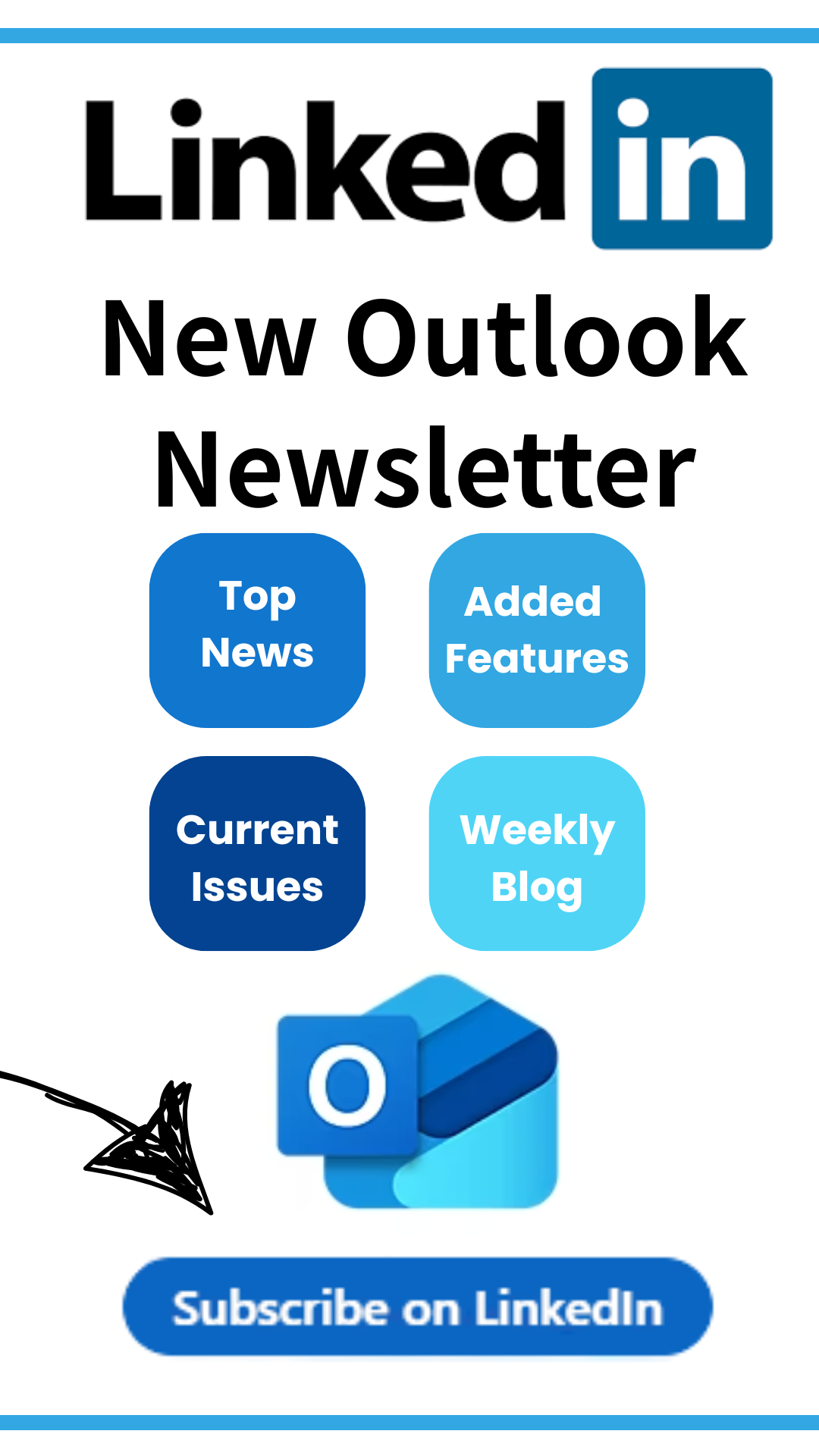 Category: General
Category: General
Are you ready for Windows 8? I’m not and here’s why…
For those of you that are just now finally getting out of Windows Vista and moving to Windows 7, you are probably very happy consumers. Windows Vista (the operating system that was a problem for many folks) is done with, finished..over! We are all happy! Right? Well, you could see Vista’s annoying little brother coming up soon, aka…Windows 8. The technical people in my circles have all been doing previews and giving Windows 8 only bad reviews. What they are saying is that the “next” version after Windows 8 will be the best, like Windows 7 (ok, what year? 2013? haha!)
From what I have read, seen online and heard so far, this new operating system is unlike any other operating system and it will be hard to learn for the average person. That’s the review in a nutshell. No joke. Oct 26 is the release date. I will tell you that I have yet to download and test it, but am doing so here shortly so I can be prepared for launch date. My techs have downloaded and tested it though and have told me that there will be a huge learning curve and for everyone to prepare. Looks like I have some homework to do before you all start calling in with problems!
it will be hard to learn for the average person. That’s the review in a nutshell. No joke. Oct 26 is the release date. I will tell you that I have yet to download and test it, but am doing so here shortly so I can be prepared for launch date. My techs have downloaded and tested it though and have told me that there will be a huge learning curve and for everyone to prepare. Looks like I have some homework to do before you all start calling in with problems!
Even without testing Windows 8 myself….when you buy a new computer with a new operating system, be prepared for stuff to not work, quite yet. Here is a list of things I came up with based on my past experience with upgrading operating systems.
If you are a home user with just basic needs, internet surfing, pictures, music, etc. You will have a learning curve no question.
If you are a business owner, then I would stay with Windows 7 for now because none of the bugs that need to be ironed out for the new operating system with all the software we use are even starting to be tested yet. Microsoft just now is getting the OS finished, that means we are a year or two away from everything working right. Just think of all of the software we use: printers, smartphones, Quickbooks, ACT, outlook, all of the proprietary software you need for your industry, yep…not much of any of this is quite yet compatible probably.
List of software problems you may encounter:
- Printers won’t print
- Scanners won’t scan
- Quickbooks/ACT and all of their plug-ins and add-ons
- Industry software may not work until they have upgraded the software for you
- Smartphone/computer applications
- Cloud applications may need to be upgraded
- Antivirus programs may need patches or full upgrades
- Online backup programs
So, if you buy Windows 8 you may get lucky and everything will work fine, or it may not. I’m not ready yet because my current computers are all fine with Windows 7 and I need everything I have installed on my computer to work NOW and it cannot wait for the company to figure out an update for Windows 8.
I will be posting a review next week about my experience with Windows 8 from a consumer point of view. And of course, installing Outlook and testing email is my first priority!
5 things you should do if you lose your computer
I ran across this article about things you should do if you lose your computer. Instead of writing a fresh one, I will share this one as it’s very good.
http://www.inc.com/guides/2010/12/what-to-do-when-you-lose-your-computer.html
A laptop is stolen every 12 seconds, meaning one more will be taken by the time you finish reading this sentence. Here’s what to do if that stolen laptop is yours. And if you’re thinking you can rest easy and skip this article because you and your employees mostly keep your laptops at home, according to a December 2010 Ponemon Institute study, the majority of laptops (43 percent) go missing off-site in employee homes.
1. Change Your Passwords
First things first: Do not stop, do not pass go (or cry or order too many stiff drinks) – go directly to change your network username and passwords. The account you use to login to your office network needs to be changed first. If you have an IT department, let them know so they can keep an eye out for repeated authorization failures in your username.
You’ll also want to change information for all personal accounts you may have accessed: email, credit cards, bank accounts, web sites, airlines – anything web based for which you have a username and password. Access to these accounts may be available through web browser cache and cookies, so changing the password should prevent this type of access.
In the future, think about storing passwords and other sensitive information in a storage vault app. KeePass – a free open-source app – is easy to use and has encryption. Ditto for TrueCrypt, which is also a free open-source tool. It can be used for Windows, Mac and Linux. You’ll likely need some help using it if you’re not particularly computer savvy but it does have a tutorial for how to use it. Most computers running Windows XP will come with a built-in encryption system that owners can access. If you have Microsoft’s Vista Business edition or Windows 7, you’ll have BitLocker.
A December 2010 Ponemon Institute survey found that two-thirds of companies don’t take advantage of even basic security practices for their laptops. “While organizations may be aware of the lost laptop problem, it became clear as we conducted our research that most organizations, including workers, IT and CFOs, do not fully understand the adverse affect it can have on their bottom line. If they did, they’d be much more diligent in protecting their laptop fleets,” said Larry Ponemon, the Ponemon Institute’s chairman and founder.
Dig Deeper: Are Your Passwords Too Weak?
2. Check the Lost-and-Found
Don’t automatically assume your laptop is gone for good – at least make inquiries at the Starbucks or airport or wherever it is you left it unattended. Only a third of laptops turned in to airport lost-and-found departments are reclaimed. How much would you kick yourself if one of those sitting around is yours? If the laptop was indeed stolen, request a police report. You’ll need it for your insurance. (You do have insurance, don’t you?) Keep an eye on Craigslist, eBay, and local pawn shops. There’s a reason there are entire websites (including dumbcriminals.com) devoted to, erm, dumb criminals. This is also where knowing your laptop serial number comes in handy. Rich Castagna, editorial director of Tech Target’s Storage Media Group says, “The most important thing to do when you lose your computer is what you did before you lost it.” If you don’t know yours and happen to be reading this article purely out of curiosity, go find your serial number now and store it somewhere that is not your laptop.
Dig Deeper: How to Choose a Data Center
3. Make Clients Aware
Notify clients if they’re affected. If you were storing any access to their sites or personal information, you need to let them know so they, too, can change passwords.
Dig Deeper: Does File-Sharing Threaten Your Sensitive Data
4. Utilize Computer Tracking
If you don’t already have laptop tracking software, consider contacting MyLaptopGPS, which offers free help even for non-customers. For actual customers, the company claims a 99.6 percent success rate and a 300 percent guarantee, according to chief technology officer Dan Yost. Prices start at $9.95 per month for one computer; $49.95 covers five laptops. There are several laptop tracking services you can try.
If you’re not convinced of the value of laptop tracking, look no further than a 2009 Ponemon Institute study, which found that the average cost of a laptop is $49,246, 80 percent of which is the value of the data. A 2003 Computer Security Institute/FBI Computer Crime and Security Survey put the value much higher – at $250,000. And yours may well be worth more than that. Consider the case of hip hop artist Ryan Leslie, who in October took to YouTube and Twitter to offer $1 million for the return of his MacBook, which contained irreplaceable intellectual property. (He didn’t get it back.)
“Any business with people onthe go — sales force, field agents, service teams –depends on laptop computing. Laptops mobilize productivity. Losing a laptop crushes productivity. Mobile employees lose their ability to work effectively, IT personnel spend time replacing and reconfiguring equipment, and customers wait for you to get back up to speed. But these are still just lightweight costs,” says Yost.
You may also want to download Prey, a free app that sends timed reports to your email with a bunch of information about your laptop’s whereabouts. This includes the general status of the computer, a list of running programs and active connections, fully-detailed network and wifi information, a screenshot of the running desktop and – in case your laptop has an integrated webcam – a picture of the thief.
Dig Deeper: Three Internet Security Programs
5. Invest in an Online Backup Service
Online–or cloud–backup services not only offer the easiest way to automatically back up your laptop’s data, they also provide the added safety of storing those backups offsite so the data is available at any time from anywhere. All you have to do is install the software, which then keeps track of when you create or modify files and saves a copy of the update. There are hundreds of services to choose from, but Castagna recommends EMC’s MozyPro, Carbonite Pro and Seagate’s i365 EVault to help smaller companies with limited IT resources protect their data appropriately. Whatever service you choose, he advises making sure you read and understand your options for restoring your data – some companies charge for transmitting data, and if you need to restore it all at once, the process can be both time-consuming (depending on your connection speed) and expensive. Ask if the service provides alternatives, like FedExing you a disk.
10 things you should know how to do with your computer
Do you know how to do these important computer-related functions? Take the quiz and see how well you do!
1.) How do you save to a flash drive?
2.) Do you know how to download software, install it and use it?
3.) How do you back up your data to a flash drive or external hard drive?
4.) How do you find out if the link you’re clicking on goes to the site you intended or if it is taking you to a virus?
5.) Do you know how to Google properly?
6.) Do you know how to do a basic search on someone on the internet?
7.) How do you blind copy (BCC) people in emails (So people can’t see the email addresses of others that you included in an email)?
8.) How do you properly turn off your computer?
9.) How do you perform a system restore?
10.) Do you know how to find Call That Girl on Google maps and call us when you need help!?
Check back in on Friday or subscribe to our RSS feed to check your answers and see how well you did!
One for sure way to get kids to do their chores
I saw this on Facebook today, thought it was funny. Looks like a real winner for families that are struggling to get the kids to do their chores or homework. If you are a parent that wants to learn how to change your password on your wireless router, feel free to submit a request, we can do this for $39 to $59.
Oops! We could not locate your form.
Speed up that job search with a faster computer, 50% off for the unemployed!
Four years ago the economy left thousands of people without jobs, so I organized Project Link It Forward to help the struggling unemployed learn how to use LinkedIn to connect and network themselves towards new positions. I myself was an early adopter of the social networking site for professionals and realized that most people didn’t really understand how it could be helpful, thus came the idea for Project Link It Forward. I set up a free class that people could take to learn the ins and outs of LinkedIn and how they could utilize it in their job search. Within a week the class had filled up completely! I really feel for the unemployed and Project Link It Forward was a great way for me to give back, although I had no idea what a success it would be. Today the economy is improved, but still weak, and many are still searching for a way to bring in an income for their family. LinkedIn continues to be a great tool for those on the hunt for a good job, but they’re going to need a working computer to do that! So… Call That Girl is offering 50% off on in-store services until the end of the year to those of you (or those that you know) who are unemployed. All that we ask is that you bring along some sort of proof. That can even be just showing us on your LinkedIn profile that you are in transition.
Come on in so you can get back to the job search!
Please share with your friends on other social networking sites! Our offer is open to all of the unemployed!
IMAP vs POP email and why you need IMAP if you’re on a smartphone
With just about everyone wanting email on their smartphones and wanting it to just “work” right, IMAP is your answer. Many folks are setting up their smartphones with POP and their email doesn’t match up, meaning…they will delete an email on their phone and it’s still on the computer. Everyone wants that email GONE when they log back into their computer. That’s the point of deleting it, right? Not if you have your email set up for POP, it will stay there!
Here is an explanation of IMAP and POP
IMAP (Internet Message Access Protocol): Synchronizes your email, your deleted email, your folders and sent items. So that means, if you are on one computer or your iPhone/Droid and delete emails, they are deleted on your computer as well.
POP (Post Office Protocol): Just downloads your email to your computers and smartphones and does not synchronize anything. This is a problem for those with Gmail because they are constantly having email that doesn’t make sense or is hard to manage.
Changing your email to be managed via IMAP
Gmail users: When you log into your Gmail inbox on the website, you can change your settings by going to the settings and selecting “forwarding and IMAP” and turning on IMAP. For instructions from Google, click here.
Go Daddy users: You will need to call Go Daddy and get IMAP set up on your account. Once you have it set up, they can send you instructions on how to set it up yourself. It’s easy, but make sure you have a backup of your Outlook PST first! Safety first folks. Here are some instructions I found online on how to set up IMAP for Godaddy after you have upgraded.
Others: Call your email hosting company and request their information.
For those on Outlook who need help, feel free to fill out the form below this blog to set up an appointment to get your email configured for IMAP. It’s a good idea to also get your old email backed up too, or imported into your IMAP if you are using POP, those emails will be missing when you set up IMAP.
I know this may be confusing to some, but once you are set up on IMAP…your email life is so much easier to manage and it’s a one-time set up, nothing to do after we get it done.
Oops! We could not locate your form.

 Starbucks Thank You Card
Starbucks Thank You Card 




